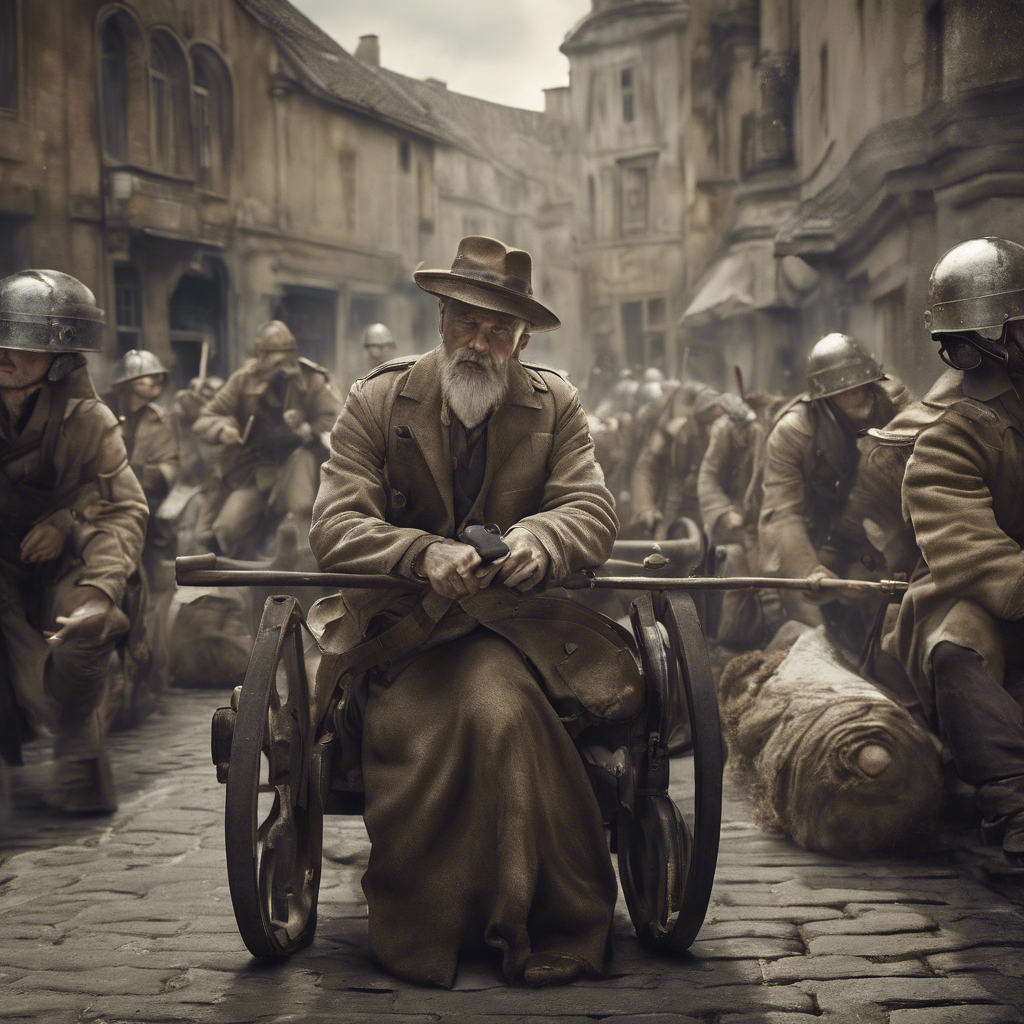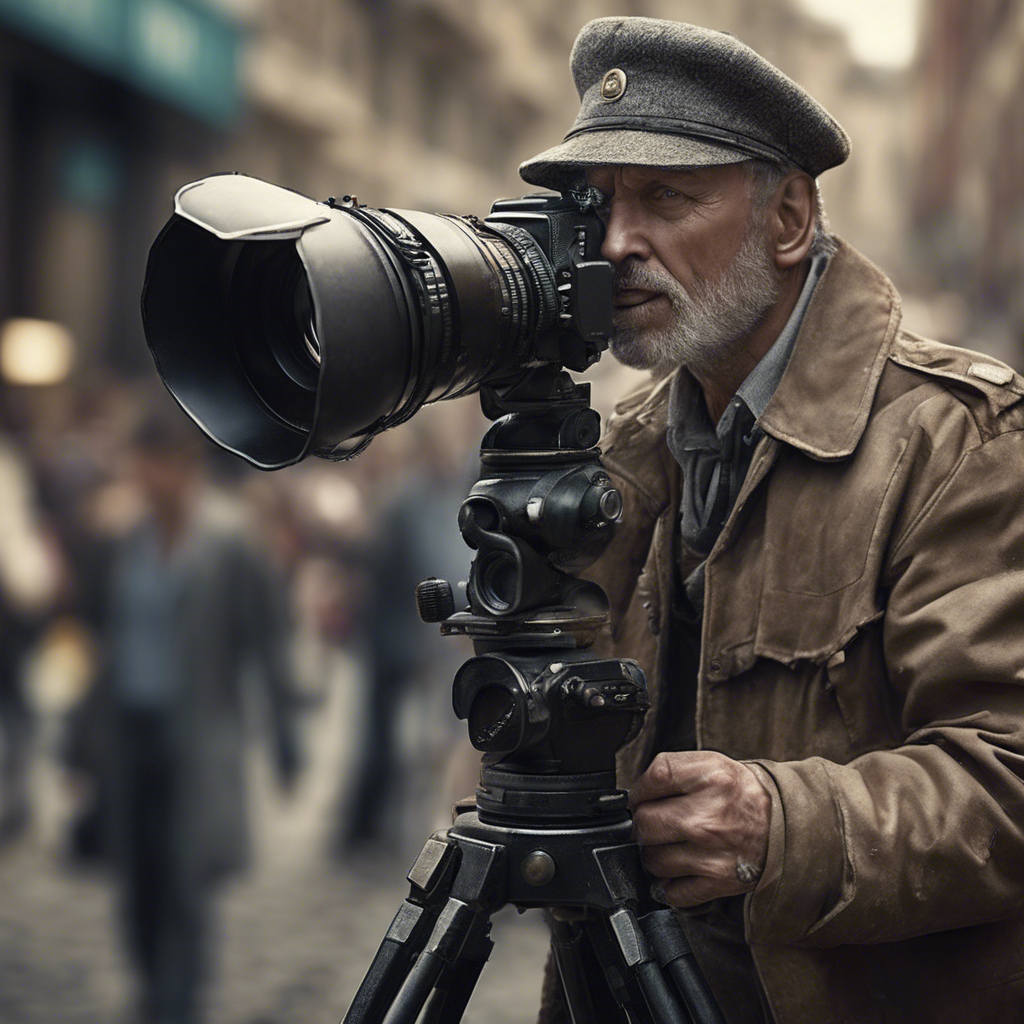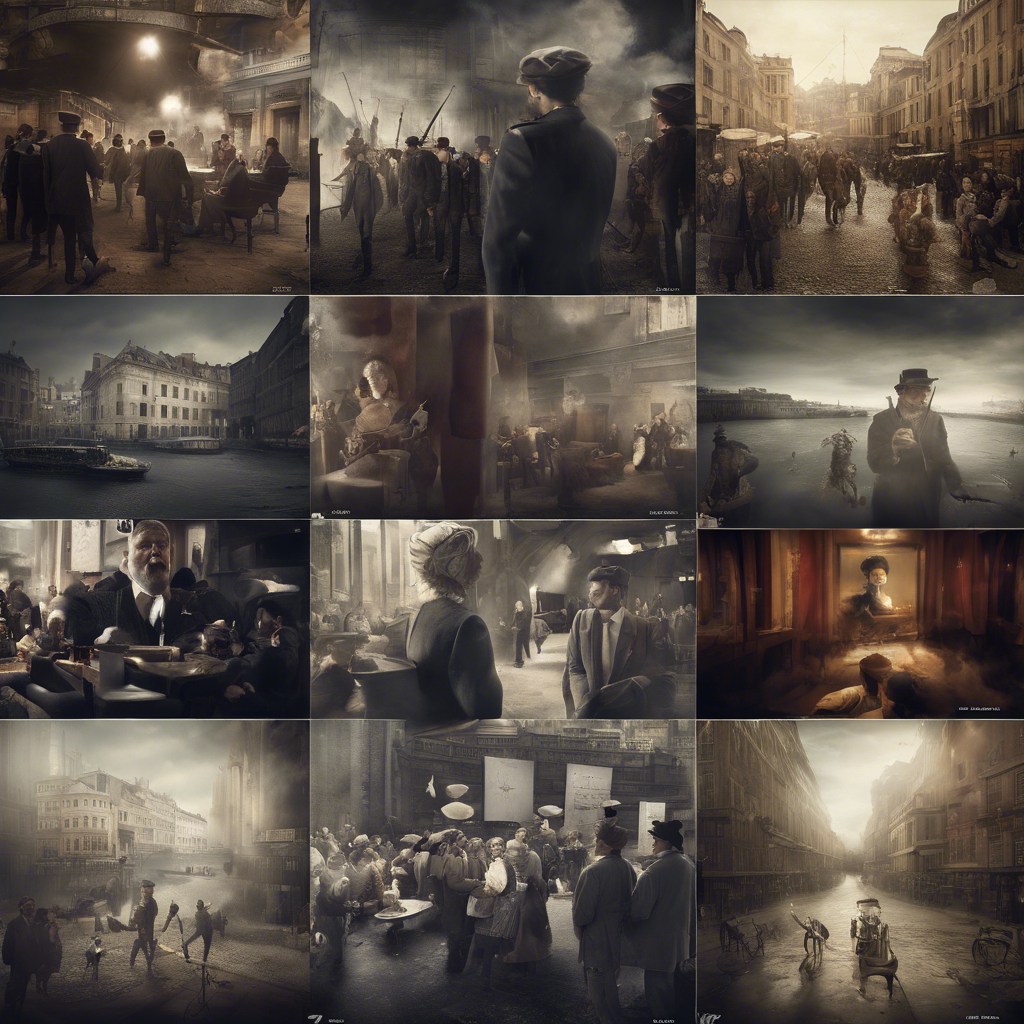Are you ready to embark on a journey through the annals of art history? Delve into the captivating evolution of art with a curated list of the most influential artistic movements that have shaped the world’s cultural landscape. From the Renaissance to Modernism, each movement has left an indelible mark on the art world, influencing generations of artists and captivating audiences worldwide.

Let’s explore these transformative artistic movements that continue to inspire creativity and ignite our imagination:
1. Renaissance (14th–17th Century)

The Renaissance, a period spanning from the 14th to the 17th century, was a pivotal time in European history characterized by a profound cultural rebirth. This era witnessed a revival of interest in classical learning, art, and architecture, with a particular emphasis on humanism, realism, and perspective in the arts. Artists during this period, such as the renowned Leonardo da Vinci and Michelangelo, played a crucial role in shaping the artistic landscape of the time.
Leonardo da Vinci, often regarded as the quintessential Renaissance man, excelled not only in art but also in various fields such as science, engineering, and anatomy. His iconic works, such as the Mona Lisa and The Last Supper, exemplify the Renaissance ideals of beauty, proportion, and naturalism. Da Vinci's meticulous attention to detail and his innovative techniques set new standards for artistic expression.
Similarly, Michelangelo Buonarroti, another luminary of the Renaissance, left an indelible mark on the art world with his awe-inspiring sculptures and frescoes. His monumental creations, including the Pietà and the ceiling of the Sistine Chapel, showcase his unparalleled skill in capturing the human form with grace and dynamism. Michelangelo's mastery of anatomy and his ability to infuse his works with emotion and drama continue to inspire artists and art enthusiasts to this day.
Overall, the Renaissance was a transformative period that not only revitalized art and culture but also laid the foundation for the modern world. The artistic achievements of figures like Leonardo da Vinci and Michelangelo remain timeless symbols of creativity, innovation, and the enduring power of human expression.
2. Baroque (17th–18th Century)

Originating in the late 16th century in Europe, the Baroque movement was a significant artistic style that aimed to captivate audiences through its dramatic techniques and emotional intensity. One of the key features of Baroque art was the use of strong contrasts between light and shadow, known as chiaroscuro, which created a sense of depth and drama in the compositions. This technique, popularized by artists like Caravaggio, not only added a theatrical quality to the artworks but also heightened the emotional impact on the viewers.
In addition to the striking lighting effects, Baroque art was characterized by its emphasis on intense emotions and dynamic movement. Artists sought to convey powerful feelings such as awe, ecstasy, and despair through their depictions of human figures in dramatic poses and gestures. This emotional expressiveness was particularly evident in the sculptures of Gian Lorenzo Bernini, whose works exuded a sense of vitality and passion that was unparalleled in the Baroque period.
Furthermore, the Baroque style was known for its ornate detail and elaborate ornamentation, which added a sense of opulence and grandeur to the artworks. Intricate patterns, rich textures, and elaborate decorations were commonly used to enhance the visual impact of the compositions and create a sense of luxury and extravagance. This attention to detail can be seen in the elaborate architectural designs of Baroque buildings, as well as in the intricate embellishments of Baroque paintings and sculptures.
Overall, the Baroque movement was a dynamic and expressive artistic style that aimed to engage viewers on an emotional level through its dramatic lighting, intense emotions, and ornate detail. Artists like Caravaggio and Bernini were instrumental in defining the Baroque period and creating works that continue to evoke strong emotional responses from audiences to this day.
3. Impressionism (19th Century)

During the 19th century, a group of revolutionary artists known as the Impressionists challenged the conventional norms of art by breaking away from traditional techniques. Led by prominent figures such as Claude Monet and Pierre-Auguste Renoir, the Impressionist movement sought to capture the essence of fleeting moments through the interplay of light and color in their works.
What set the Impressionists apart was their dedication to portraying the world as they saw it, rather than adhering to strict academic conventions. By embracing spontaneity and emphasizing the artist's unique perception, they were able to convey a sense of immediacy and vibrancy in their paintings.
Monet, for example, was renowned for his series of paintings depicting the same subject at different times of the day to showcase the ever-changing effects of light. Renoir, on the other hand, focused on capturing the beauty of everyday life, infusing his works with a sense of joy and vitality.
The Impressionist movement not only revolutionized the art world but also paved the way for future artistic developments. By challenging established norms and pushing the boundaries of artistic expression, Monet, Renoir, and their contemporaries left a lasting legacy that continues to inspire artists to this day.
4. Cubism (Early 20th Century)
Cubism, pioneered by artists Pablo Picasso and Georges Braque, challenged traditional notions of perspective and representation. Fragmented forms, geometric shapes, and multiple viewpoints characterize this revolutionary movement, paving the way for abstract art.
5. Surrealism (20th Century)
Embracing the subconscious and the dream world, Surrealist artists like Salvador Dalí and René Magritte created fantastical and enigmatic artworks that defied logic and reason. Surrealism sought to unlock the mysteries of the mind and tap into the realm of the unconscious.
6. Abstract Expressionism (Mid-20th Century)
Abstract Expressionism emerged in post-World War II America as a bold and expressive form of art. Artists like Jackson Pollock and Willem de Kooning utilized gestural brushstrokes and emotional intensity to convey their innermost thoughts and feelings on canvas.
7. Pop Art (1950s–1960s)
Pop Art, epitomized by artists such as Andy Warhol and Roy Lichtenstein, celebrated popular culture and consumerism through vibrant colors and bold imagery. By incorporating mass-produced imagery into their works, Pop artists blurred the lines between high and low art.
8. Postmodernism (Late 20th Century)
Postmodernism questioned traditional conventions and challenged the idea of artistic authenticity. Artists like Cindy Sherman and Jeff Koons explored themes of pastiche, irony, and cultural commentary, pushing the boundaries of what art could be in a rapidly changing world.
Art has the power to transcend time, evoke emotions, and spark meaningful conversations. These influential artistic movements have shaped the way we perceive and experience the world around us, leaving an enduring legacy that continues to inspire creativity and innovation in the art world today.
Join us on this visual odyssey through history's most impactful artistic movements, and let the beauty and complexity of art transport you to new realms of imagination and inspiration.
Let art be your guide as we navigate the rich tapestry of human creativity, where each brushstroke and sculpture tells a story of passion, innovation, and enduring artistic legacy.
Comments